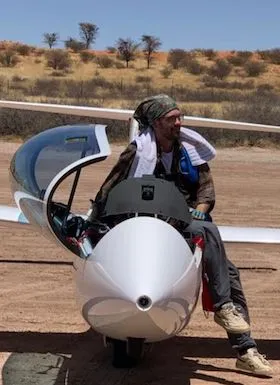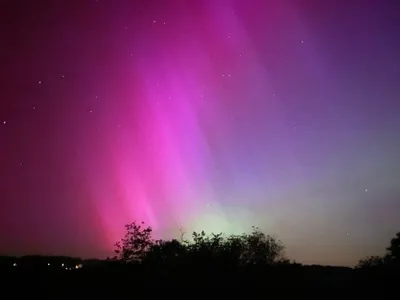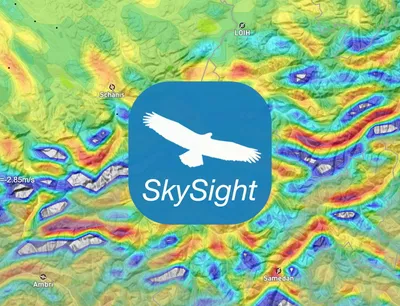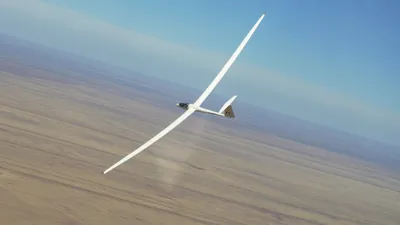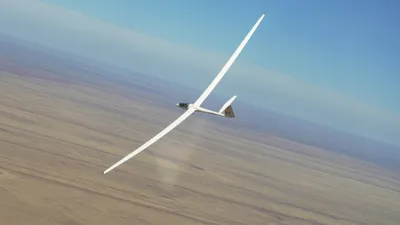SkySight | Five Questions to Founder Matthew Scutter
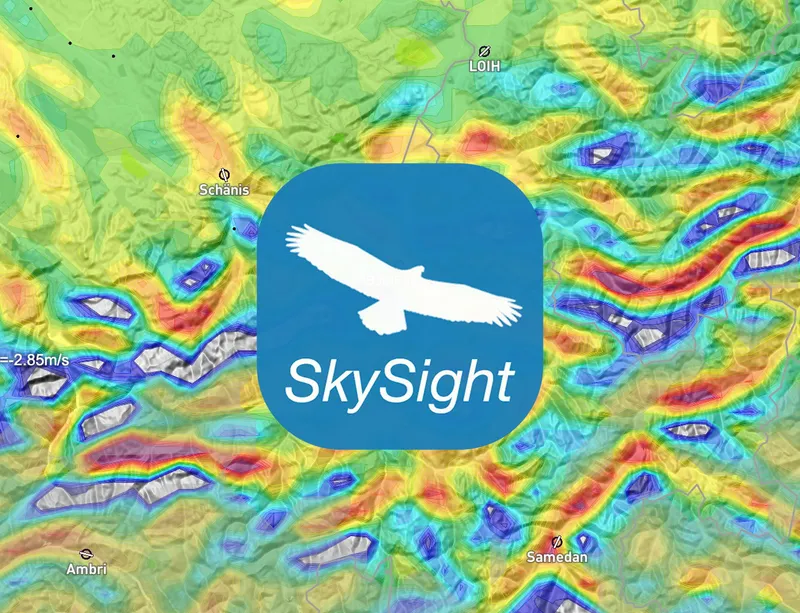
Are you excited for the next season and what are your plans?
I’m very excited for the season in the Northern Hemisphere! I’ll be coming to the Netherlands in June for the start of the Euroglide, a biennial gliding race over more than 2500 kilometers through several European countries. Alongside, I'm also eyeing other competitions in Europe but we’ll see how that works out.
Can you highlight some of the recent updates and enhancements made to the SkySight model?
Absolutely. We have two pieces of big news to share. Firstly, we have invested enormously in a new supercomputer, which reduces the time to compute from 3 hours to 30 minutes. This has also let us triple the number of forecast updates we provide each day while increasing the horizontal resolution to as high as 1.8km and vertical resolution to higher than 70 layers.
The second big piece of news, is we are now integrating ECMWF (European Centre for Medium-Range Weather Forecasts) input as the starting point for our model, greatly enhancing the quality and depth of our data sources. ECMWF is the world's leading global weather model, more than ten years ahead of the popular GFS model. The enormous volumes of their data and high cost have previously made it inaccessible to the gliding world, and we are proudly the first to use it.
This combination of better forecast data, now delivered faster and more often represents the biggest year-on-year forecast.
You recently updated your soil moisture model. How did that come about and how does it help users?
That is an interesting story since soil moisture is one of the most important factors for thermals. After extensive research and communication with national weather centers, we found that when they seek to correct biases in their weather models they often use soil moisture as a tuning parameter. This means that they manually adjust soil moisture up or down to ‘correct’ their output for other anomalies in parameters important to them such as surface temperature. This of course has catastrophic consequences on phenomena that are not so interesting to them - like thermals!
As we all experience after a rain shower, thermals are strongly affected by small changes in soil moisture! Related to this, we all know areas with complex topography such as the Alps have worse forecasts and a large reason for this underperformance is the surface information (whether GFS, ECMWF, or otherwise) does not represent the valleys and peaks, meaning that elevated tops are too wet, valleys are too dry or snow-filled and rivers are non-existent. Even if we are running a very highly detailed weather model, the low-detail initial surface conditions from the global models remain through the high-detail run.
To solve this we are now discarding this poorly performing data, instead doing the surface initialization with our distinct SkySight Land Surface Model, running in high detail from up to two years of data. This model is updated daily with new data and periodically recycled as to not drift too far from ECMWF. It allows us to start the model with high-detail information that fully represents the complexity of the topography, which results in a much better-quality soaring forecast. I know this may all sound quite technical, but we think we’re the only soaring forecast with an offline land surface modeling scheme and it is a great improvement for our users.”
How can you use SkySight to get the most out of this season?
There are a few things you can do: I think setting a PFD or Route Alert can be of great help. You can set a task with SkySight and get an email when the forecast is good enough, ensuring you won’t miss a chance to fly! You can also do it the other way around and let SkySight think of a range of possible tasks you can fly on a certain PFD. We see that more and more users are discovering these features and enjoying it. Furthermore, connecting SkySight to your Flight Computer can help you to get more out of the season. Last year, Gordon Boettger used our in-flight charts to great effect in the furthest flight we’ve seen in gliding and we are looking forward to more great flights in the coming season!
What’s coming next?
We can’t say too much as always - but just quickly; we have a very large increase in satellite picture quality coming, and some third parties are writing great new integrations of our forecasts in their software.
If you enjoyed the article, please consider supporting us:
If you would like to receive the second article of our series about glider manufacturers directly by email, you can sign up for this in your profile:
